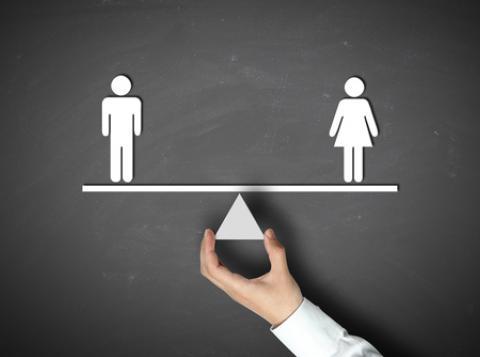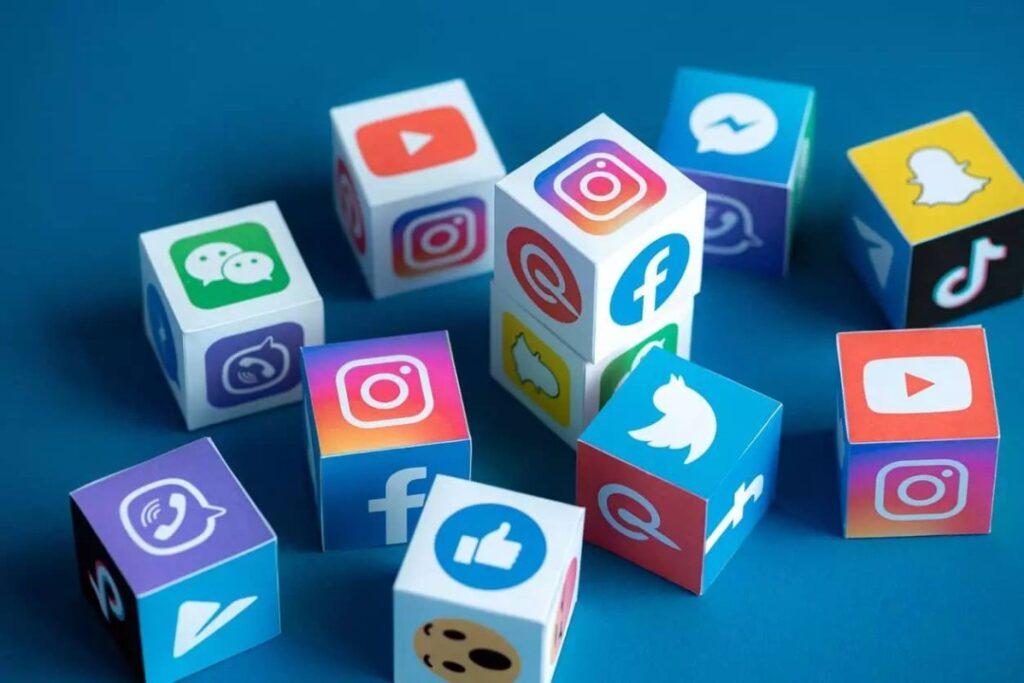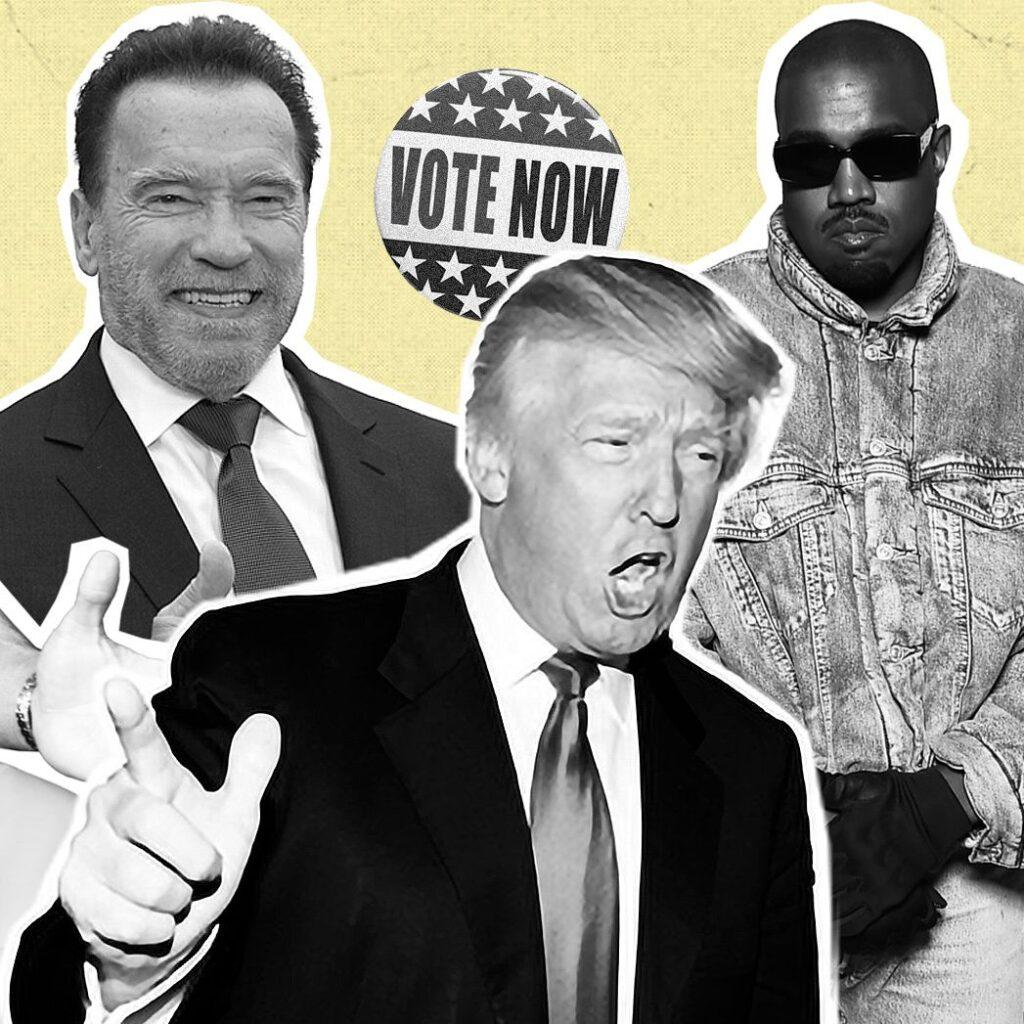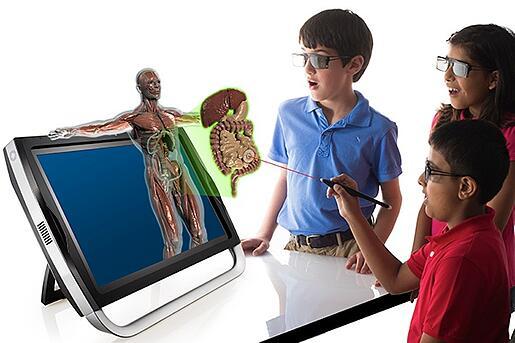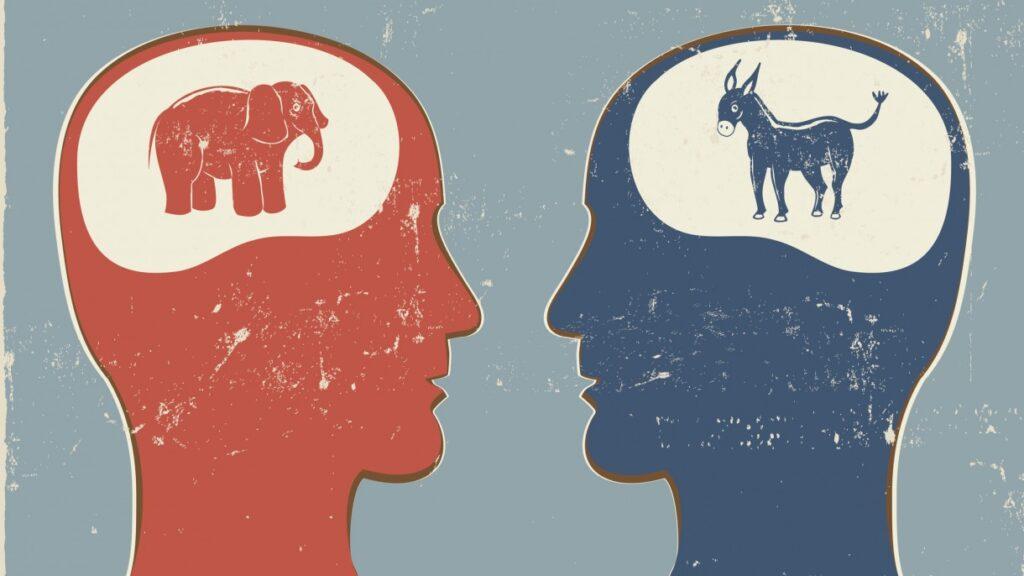Celebrity humanitarianism and philanthropy are growing trends in modern society.
One of the main benefits of celebrity humanitarianism and philanthropy is the increased attention that it brings to important issues.
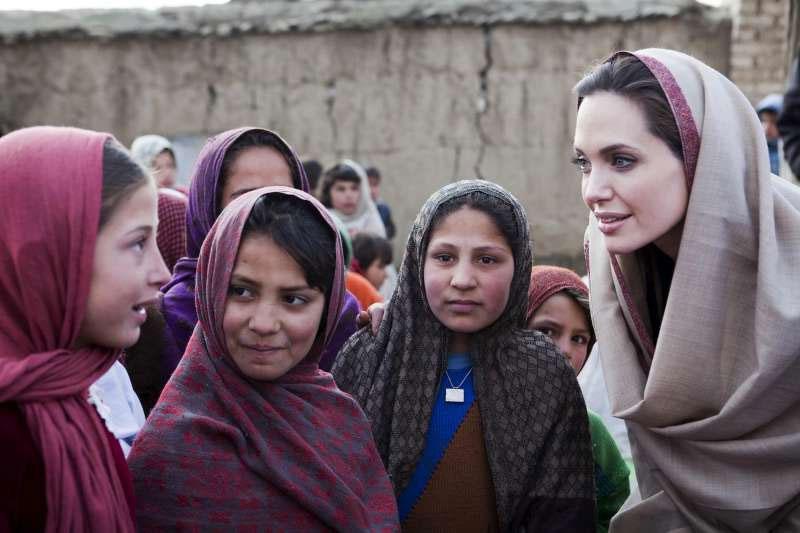
More and more celebrities are using their fame and fortune to support charitable causes and make a positive impact on the world.
While some may criticize celebrity involvement in philanthropy, there is no denying that their efforts have made a significant difference in many communities and have helped to raise awareness about important issues.
Celebrities have large social media followings and often have the power to reach a wider audience than traditional charities or organizations. This increased attention can help to raise awareness about important issues and encourage people to get involved and make a difference.
Celebrities can also use their platform to raise money for charitable causes. Many celebrities have established their own charitable foundations or have partnered with existing organizations to raise funds for important causes.
These efforts have made a significant difference in many communities, providing much-needed support and resources to those in need.
Furthermore, celebrity philanthropy has the potential to inspire others to get involved in charitable work. When people see their favorite celebrities using their resources to make a difference, they may be more inclined to do the same.
This can create a ripple effect, involving more people in charitable work and making a positive impact.
However, there are also concerns about the impact of celebrity involvement in philanthropy. A major concern is that celebrities may use philanthropy to enhance their public image or gain publicity.
This can lead to accusations of insincerity or self-promotion, which can undermine the effectiveness of their charitable efforts.
Another concern is that celebrity involvement in philanthropy may overshadow the work of traditional charities and organizations.
While celebrities may bring attention to important issues, they may also draw resources and attention away from smaller. Grassroots organizations that may be doing important work in their communities.
Additionally, celebrity philanthropy may reinforce existing power structures and the notion that only the wealthy can make a difference. This can be particularly problematic in communities where systemic issues such as poverty and inequality are prevalent.
Despite these concerns, celebrity humanitarianism and philanthropy continue to be an important force for positive change in many communities. Celebrities and the public should approach this trend critically, ensuring their efforts are sincere and impactful.
Celebrities interested in philanthropy can take several steps to ensure their efforts are effective and impactful.
This includes partnering with reputable organizations, researching issues, and being transparent about their charitable efforts.
The public should evaluate celebrity philanthropy on its merits and be critical of insincere or self-serving efforts.
Supporting grassroots organizations is crucial, as they do important community work but lack the resources and publicity of larger, celebrity-backed initiatives.
Conclusion
Celebrity humanitarianism and philanthropy are growing trends that have the potential to make a significant difference in many communities.
Despite concerns about celebrity involvement in philanthropy, their efforts have highlighted important issues and raised funds for key causes.
Celebrities and the public should critically approach this trend and aim for transparent, impactful, and inclusive philanthropy. 카지노사이트


